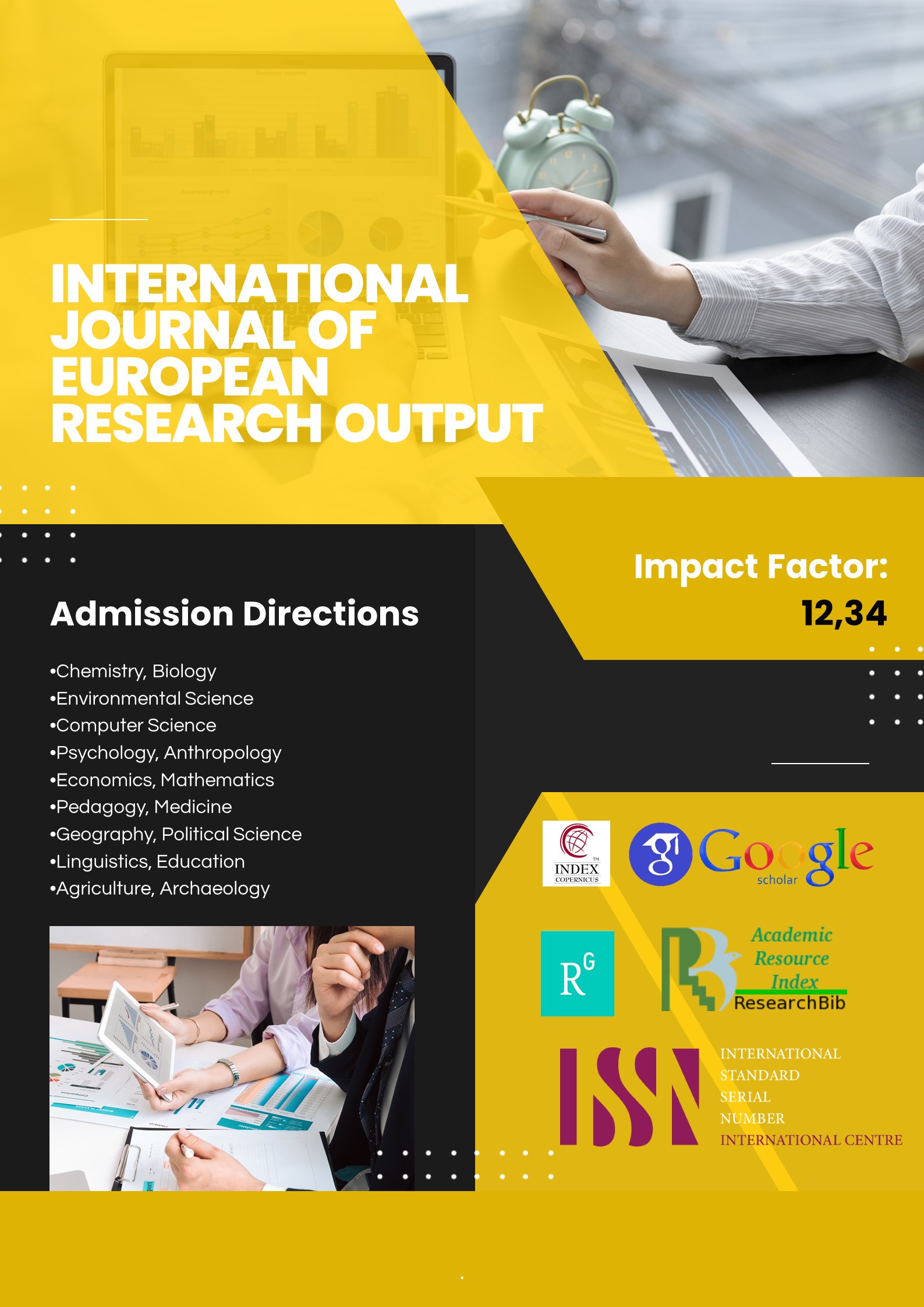THE FUTURE OF LINGUISTIC EDUCATION: TRENDS AND INNOVATIONS
Main Article Content
Abstract
The future of linguistic education is being shaped by technological advancements and evolving teaching methods. Innovations such as AI, virtual learning environments, and immersive technologies like VR and AR are transforming language learning. Emphasis is growing on intercultural competence and multilingualism, alongside new tools like language apps and real-time translation. This paper explores these trends and innovations, their impact on enhancing learning, fostering global communication, and preparing students for a connected world, while also addressing challenges like digital accessibility and teacher adaptation.
Article Details
References
Anderson, C. A., O’Doherty, S., & Sharma, P. (2020). Virtual reality and language learning: New opportunities for immersion and practice. International Journal of Education and Development, 45(2), 120-130.
Godwin-Jones, R. (2018). Emerging technologies: Language learning and technology. Language Learning & Technology, 22(1), 1-19.
Liu, M., Jack, S. E., & Crookall, D. (2020). Language learning apps and mobile-assisted language learning: A review. Language Teaching Research, 24(3), 350-370.
Thorne, S. L. (2020). Technology-mediated language learning: Bridging the gap between research and practice. In H. M. Reinders & M. Thomas (Eds.), Language learning with technology: Ideas for integrating technology in the language classroom (pp. 71-87). Routledge.
Vesselinov, R., & Grego, J. (2012). Duolingo effectiveness study. City University of New York.
